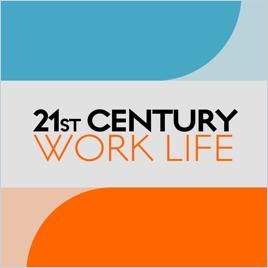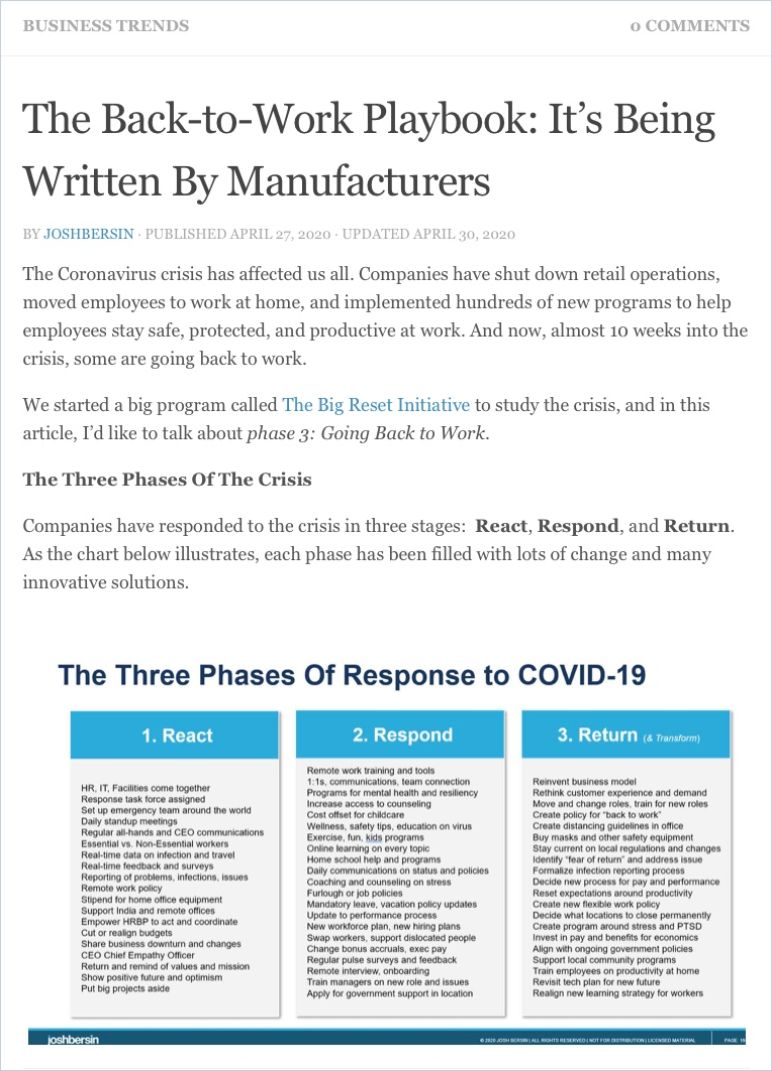What’s Next?

American companies switched their employees to remote work in record numbers and at record speed beginning in March 2020, in response to the COVID-19 pandemic, accelerating a long-term trend. getAbstract conducted an online survey of remote, full-time employees in April and found that 43% favor working remotely and would like to continue working remotely in the future.
The company checked in with these employees again in a September follow-up survey and found a 13% increase, to 56% of respondents, in the number of employees who would like to continue working remotely once the pandemic is over. The number of people who would prefer to get back to the office also rose in the past six months, from 12% to 17%.
Thirty-eight percent of US employers responding to the survey integrated remote work due to the pandemic, with 15% considering making remote work arrangements permanent.
Nineteen percent of these companies already had a remote work policy in place. Remote employees rely upon employers for computer and technology training along with access to content in the form of videos, podcasts, online discussions and webinars. Successful all-remote companies like Ars Technica have found a way to streamline their remote workflow processes. But, these trends do come with challenges.

The Tools and Tricks that Let Ars Technica Function Without a Physical Office
Ars TechnicaProductivity Issues
Thirty-seven percent of respondents report feeling more stress six months into their remote work schedule, up from 25% in April. And 24% say that remote work is negatively impacting their productivity, up from 17% in April. Productivity expert Cal Newport recommends setting up an office area in a separate area of the home, so that your workload doesn’t overtake your life.
Even if it’s just a few steps away, the process of going to a specific space is a psychological cue that helps you transition into work mode. Newport also suggests blocking uninterrupted time for specific tasks and using an app to coordinate scheduling meetings with team members. Along with boosting productivity, it also helps to maintain a sane boundary between work and home hours.
Technology Problems
Survey respondents cited technology problems and a growing sense of isolation, which fed into feeling disconnected from their company. In fact, 37% percent worry that isolation means they’ll miss out on a promotion.
There’s no substitute for in-person connecting, but pandemic rules that keep families and friends from being able to gather informally adds to the feeling of isolation.
Communication suffers without the nonverbal cues people share when they talk face to face, so remote managers should pay special attention to making sure their team is all on the same page.

Company Culture and Security Concerns
Clarifying the behaviors the company values and rewards can help to extend a company’s culture into the remote space.
Sixty-seven percent of those surveyed expressed concern about the security of their job. With regard to the safety of returning to their offices, 67% were mostly confident about it. Manufacturers are leading the way back to safe work spaces, and in the process, finding new opportunities to offer their customers low-touch choices.






